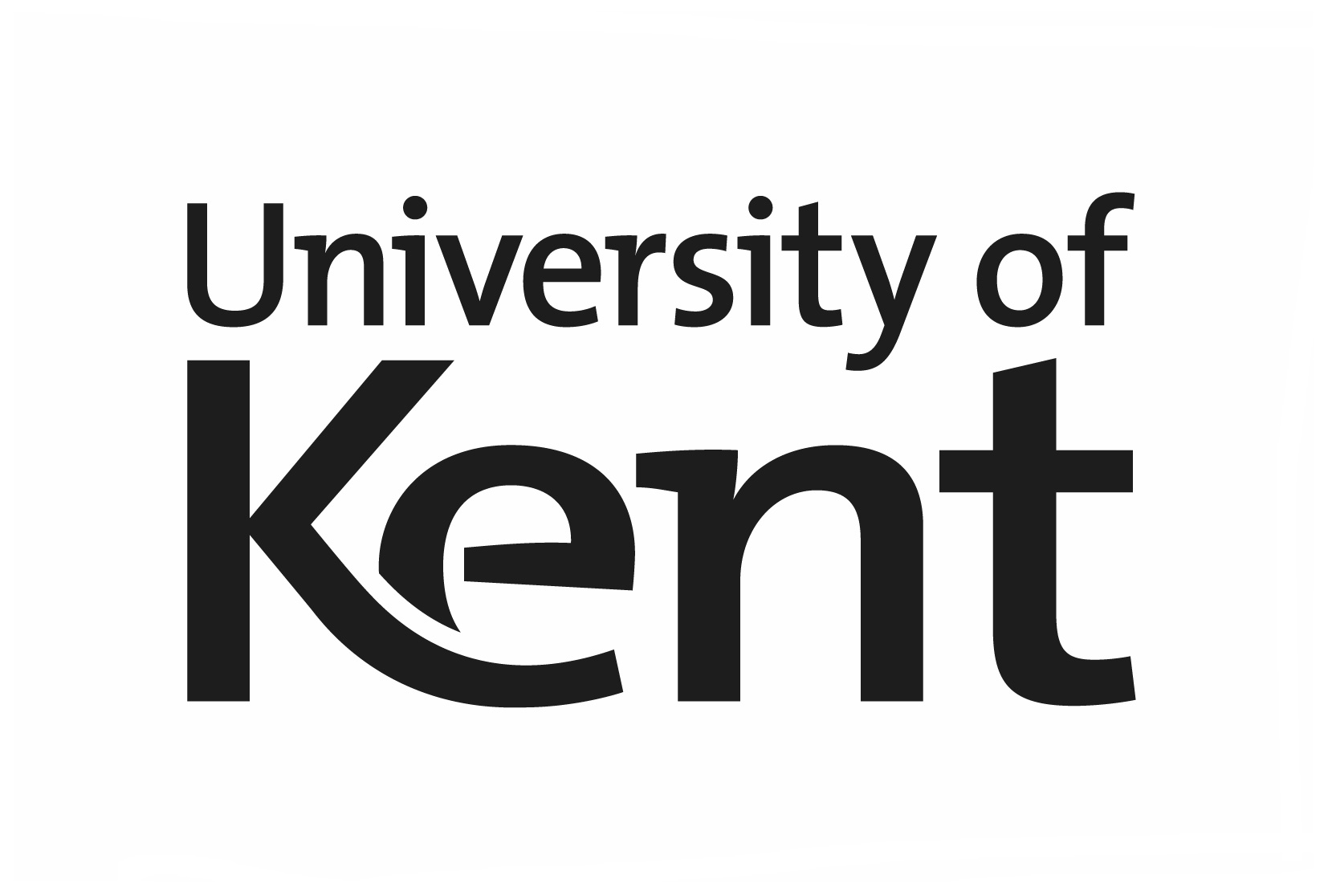

The first meeting of the South East Mathematical Physics Seminar will be held on Wednesday 2nd April 2014 at the University of Kent. The meeting is partially supported by supported by a London Mathematical Society Joint Research Groups grant.
It is the main difficulty of the usual Skyrme soliton models to describe binding energies of atomic nuclei, which in contrast to typical skyrmions, are near BPS objects with energies depending almost linearly on the atomic number. Recently, within the space of generalized Skyrme models, a theory with the required BPS property has been found. I will discuss its mathematical properties (BPS equations, infinitely many Noether symmetries, infinite dimensional moduli space) as well as its application to the physics of baryons and atomic nuclei (liquid drop model of matter, nuclear binding energies, Roper excitations).
I will present a systematic study of the topology of giant gravitons in type IIB string theory on . These supersymmetric probe D3-branes are rigidly rotating 3-manifolds embedded into the 5-sphere compact space, which are dual to long, gauge-invariant operators in N=4 SYM theory by the AdS/CFT correspondence.
Understanding the vacuum structure of the full MSSM has been a long standing research program and is critical to our understanding of supersymmetric gauge theories. In this talk, I will give an overview of the geometrical structures that arise in the vacuum, with a focus on the Electroweak sector of the MSSM. I will briefly describe the techniques in use to perform such calculations and explain the origin of the Veronese geometry in the vacuum moduli space together with the critical role of the different gauge invariant operators under consideration.
In this talk we will review the special function solutions to the fifth Painleve equation and its associated Hamiltonian equation. We will also look at a subset of these solutions known as the rational solutions and discuss some interesting structure that they posses.
The scaling Lee-Yang model is one of the simplest integrable models in two dimensions. In this talk I discuss defects in terms of perturbed conformal field theory, and how the integrability condition for the perturbation arises and the connection with the exact scattering description.
Local travel information including maps may be found here.
Train information may be obtained from here. The quickest train from London to Canterbury takes 58 minutes from St Pancras.
Limited funds are available to help with travel expenses of participants with no other source of funding. We hope that this will encourage postgraduate students and postdocs to attend the meeting. Please email Clare Dunning (tcd at kent.ac.uk) in advance if you would like to apply for support.
These people have said they will come.
Giota Adamopoulou (Kent)
Jenny Ashcroft (Kent)
Davide Bianchini (City)
Peter Clarkson (Kent)
Clare Dunning (Kent)
Ellen Dowie (Kent)
Christoph Fischbacher (Kent)
David Foster (Kent)
Stephen Goatham (Kent)
Mareike Haberichter (Kent)
Steffen Krusch (Kent)
Ana Loureiro (Kent)
Cyril Matti (City)
Abera Muhamed (Kent)
George Papamikos (Kent)
Andrea Prinsloo (Surrey)
Vidas Regelskis (Surrey)
James Smith (Kent)
Ryo Suzuki (Oxford)
Gerard Watts (King's College)
Andrzej Wereszczynski (Jagiellonian University, Poland)
Charles Young (Hertfordshire)